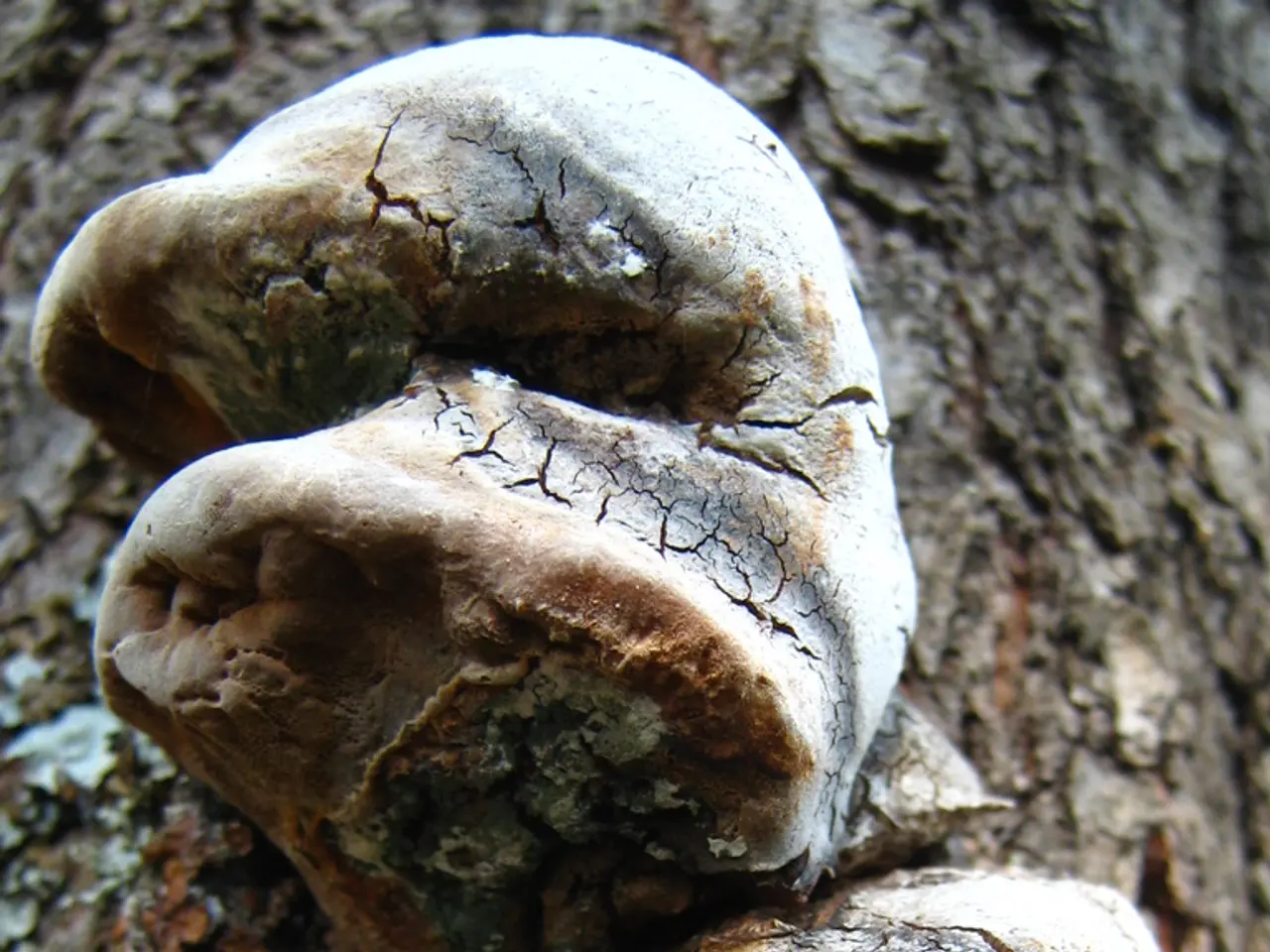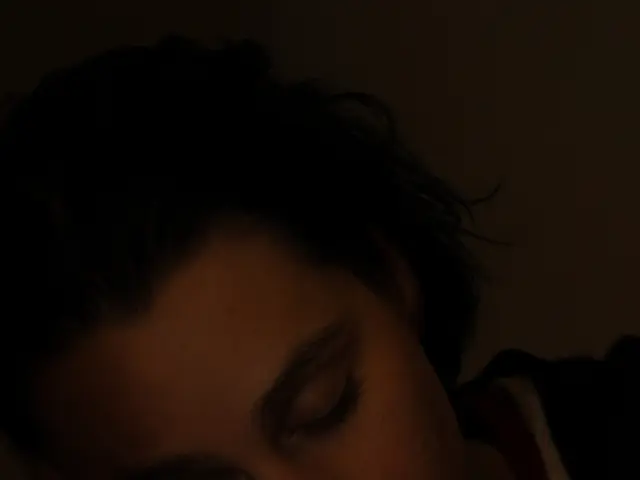Digestive Issues Associated with Chiari Malformation: Essential Information
In the realm of neurological conditions, Chiari malformations stand out as a significant concern. These structural faults in the brain and spinal cord can cause the lower part of the brain to press against and potentially protrude through the opening at the base of the skull, impacting various structures including the brainstem, spinal cord, and cerebellum.
If you or someone you know experiences symptoms such as neck pain, headaches, dizziness, hearing problems, problems with movement, scoliosis, tinnitus, insomnia, muscle weakness or numbness, depression, or new or changed symptoms, it is best to seek medical advice. These symptoms can significantly interfere with daily life or cause discomfort.
One potential complication of Chiari malformations is syringomyelia, a condition where cerebrospinal fluid forms a cyst within the spinal cord. This condition can lead to a range of symptoms, including loss of bowel and bladder control. Another condition sometimes associated with Chiari malformations is spina bifida, an incomplete closing of the backbone and membranes around the spinal cord, which can also cause changes in bladder and bowel control.
Chiari malformations can also lead to digestive issues. Difficulty swallowing (dysphagia), nausea, vomiting, epigastric pain, constipation, and fecal incontinence are common. These symptoms result from pressure on the brainstem and disruption of normal nervous system functions controlling gastrointestinal processes. It's important to note that these issues are neurological in origin, linked to brainstem compression and impaired autonomic nervous system regulation, rather than direct digestive tract diseases.
Diagnosis of Chiari malformations can be determined through various tests, such as MRI scans, CT scans, sleep studies, swallowing studies, brainstem auditory evoked potential tests, X-rays of the spinal canal, and somatosensory evoked potential tests. In some cases, a doctor may even detect Chiari malformations before birth using ultrasound scans.
The treatment for Chiari malformations depends on the severity of the condition and may include regular monitoring, imaging scans, or surgery. Surgery is typically the primary treatment option to help reduce symptoms and stop the progression of the condition. A healthcare professional can recommend appropriate treatment on an individual basis.
Remember, the brainstem acts as a connection between the cerebrum and the cerebellum and is responsible for numerous functions, including heart rate, vomiting, sneezing, swallowing, digestion, and waking and sleeping.
The estimated prevalence of Chiari malformations in the general population is slightly below 1 in 1000. While it is a relatively rare condition, it is essential to be aware of its symptoms and seek medical advice if you or someone you know experiences any related issues.
In conclusion, Chiari malformations can have a significant impact on an individual's life, but with early diagnosis and appropriate treatment, many people can manage their symptoms effectively. If you suspect you or someone else may have Chiari malformations, consult a healthcare professional for guidance and a proper diagnosis.
- While chiari malformations are primarily neurological conditions, they can also lead to digestive problems such as difficulty swallowing, nausea, vomiting, and constipation.
- Diagnosis of chiari malformations is typically done through various medical-conditions tests like MRI scans, CT scans, and sleep studies, focusing on both the brain and digestive health.
- Treatment for chiari malformations can vary, with surgery being a primary option for managing symptoms and preventing further progression of otherdigestiveproblems.
- In the realm of health-and-wellness, it's crucial to be aware of chiari malformations and their symptoms, which may include not only neurological disorders such as headaches and muscle weakness, but also effects on digestive health.
- The prevalence of chiari malformations in the general population is approximately 1 in 1000, making it relatively rare, though it's still essential to recognize and address the condition promptly to ensure the best outcome for those affected.




